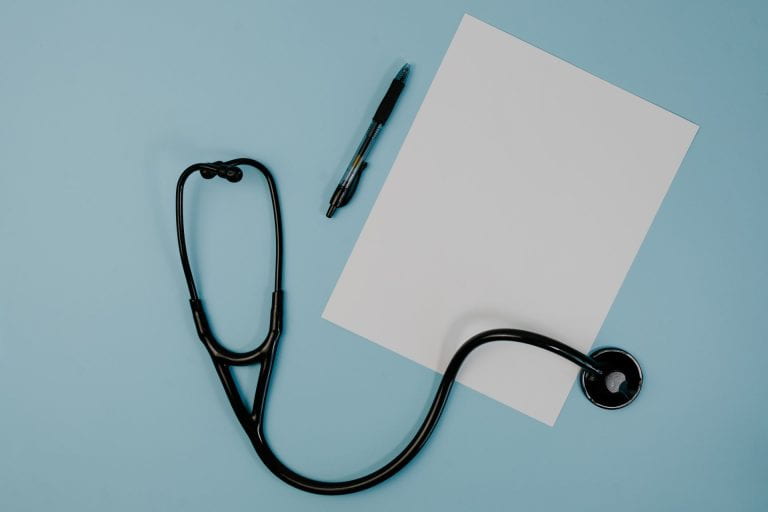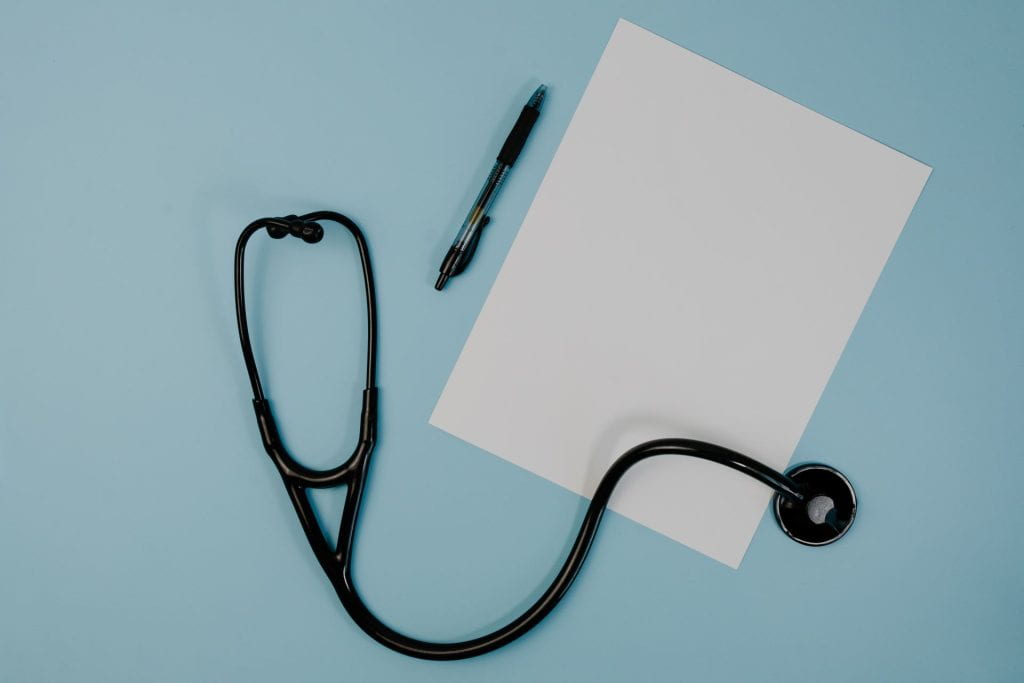
Physician Assistant Week occurs from October 6-12 each year. This is an opportunity to celebrate PAs across the globe and in our own community. The Physician Assistant program at GW was founded in 1972, and the joint PA/MPH degree was launched in 1986. GW’s program was the first joint degree program for PA students in the US, according to program director Bart Gillum.
The PA program, ranked in the top five in the US, lasts 24 months, the PA/MPH program is 36 months. The Washington, DC location of the program makes the PA program an excellent place for PAs in training to take part in an annual leadership and advocacy summit sponsored by the AAPA, and to avail themselves of other opportunities to visit Capitol Hill to advocate on health policy.
When asked about three things that people might not know about the PA profession, Bart Gillum shared the following thoughts:
- "We are now "Physician Associates." In 2021 the American Academy of PAs voted to change the name from physician assistant to physician associate. While some states and institutions have already adopted the name, the new title is still in progress. Adopting the new name has been slow due to the requirement of state laws and healthcare institutions to be updated. In the meantime, you might continue to hear physician assistant and physician associate or even just PA interchangeably."
- "Unlike physicians who undergo residency training for a specific specialty, PAs have the unique ability to move between medical specialties without additional formal training. A PA can work in areas such as cardiology, emergency medicine, or dermatology and switch to another field. This provides more flexibility for those who want to work in a variety of settings throughout their career."
- "While PAs are most prevalent in the US. PAs or PA-like professionals are present in about 15-20 other countries, including Canada, the UK, Australia, The Netherlands, Germany, South Africa, and New Zealand. Other countries are currently exploring incorporating PAs in their healthcare systems."

Himmelfarb Library has many resources available to support PA students, beginning with the Physician Assistants research guide. Here you will find links to textbooks and videos, resources for diagnosis, a guide especially for PA/MPH students on doing a literature review, PANCE prep materials, resources for clerkship, and much more.
Don't forget to thank a physician assistant this week -- their important work expands patient access to healthcare. Tune in to both Good Morning America and the TODAY show on Friday morning, October 11, for a chance to see PAs representing their profession!





